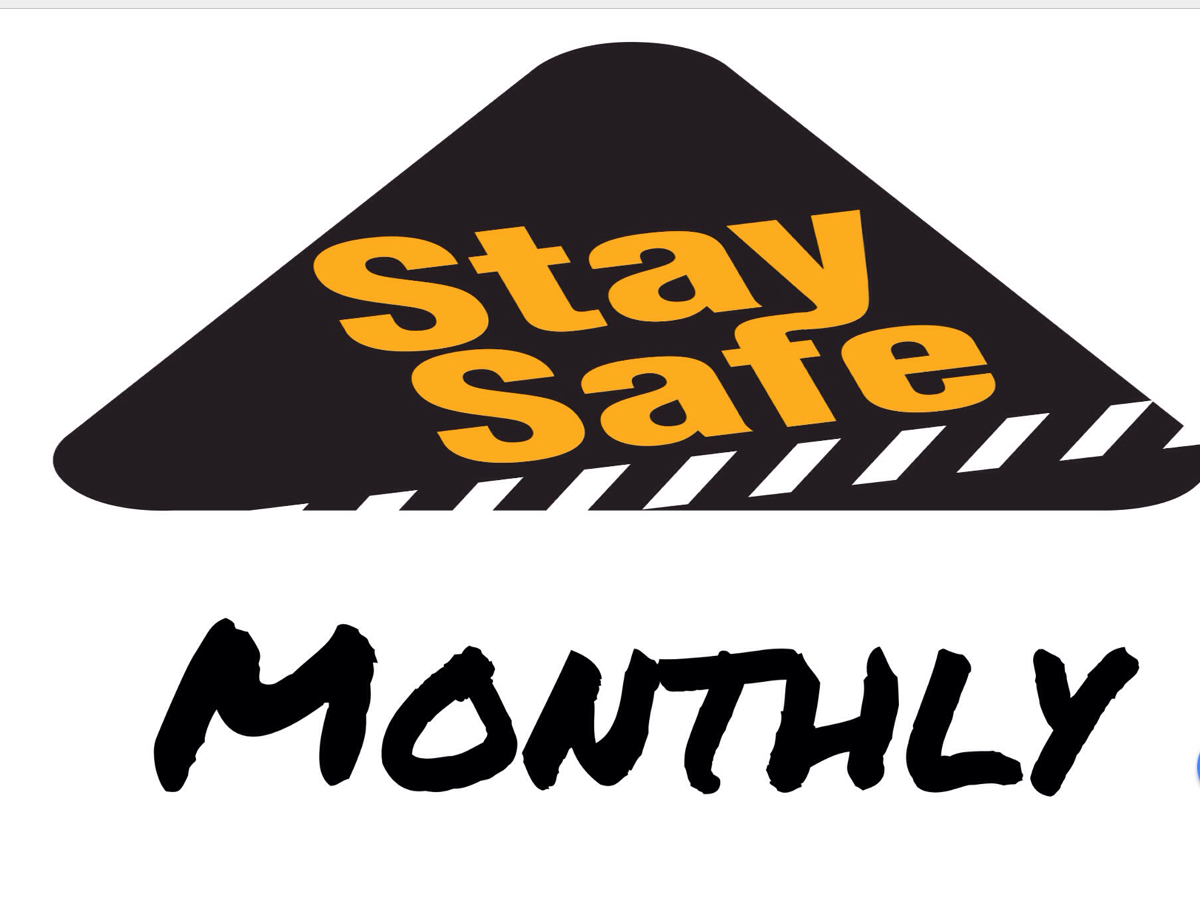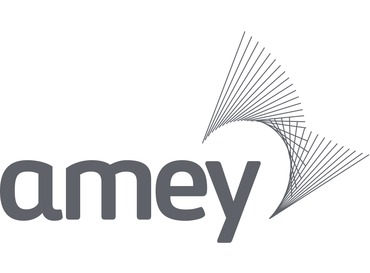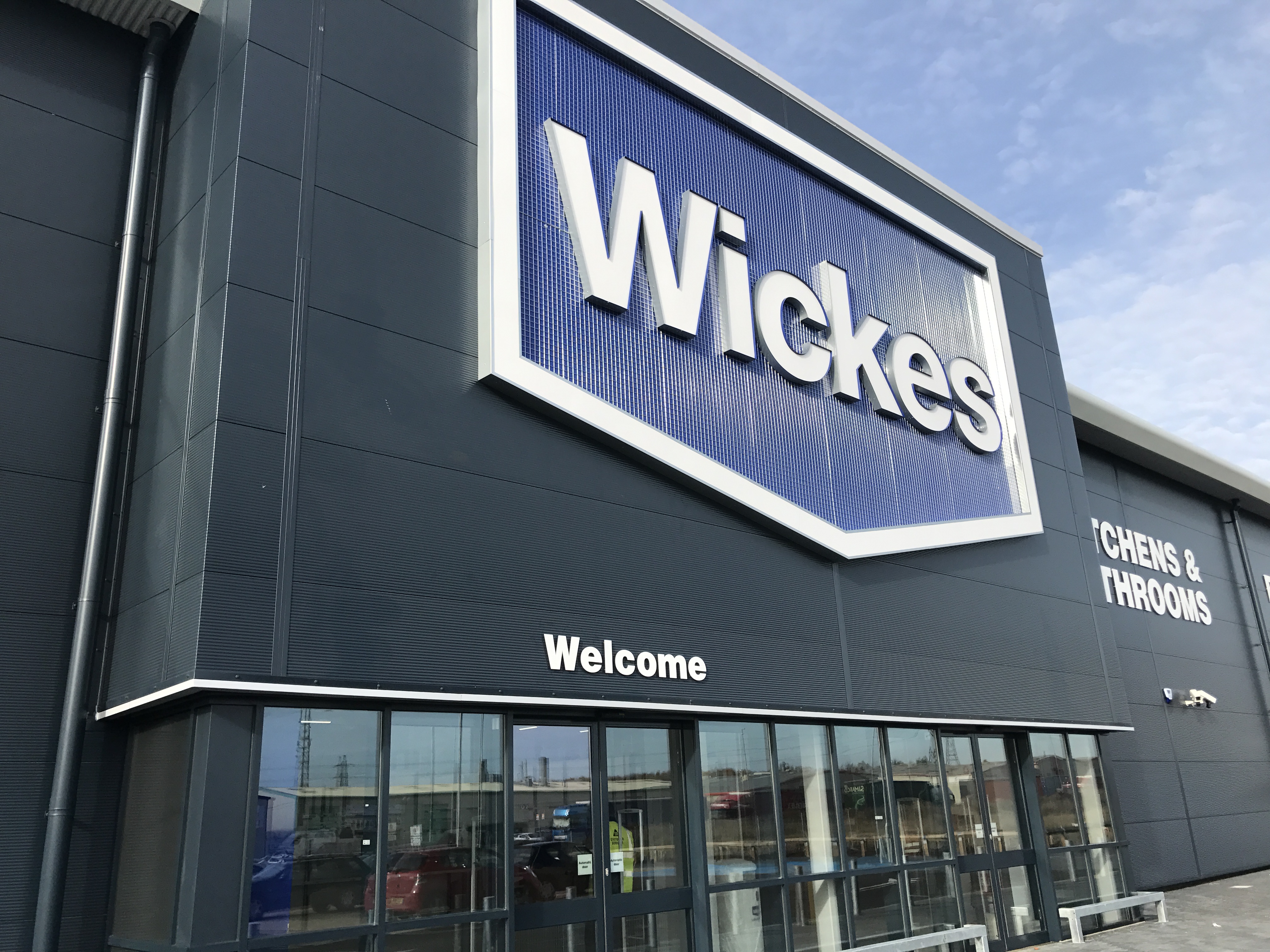Title Page
-
Manager's Stay Safe Assessment:
-
Number of Minor Injuries for the rolling year:
-
Number of LTI for the rolling year:
-
Previous Stay Safe Assessment (month/year):
-
Number of Near Misses for the rolling year:
-
Location
-
Conducted on
-
Prepared by
Observations
-
Is housekeeping acceptable?
-
Sales floor should be free from hazards, these include: spillage from a product, leaking rainwater, dried cement, rubbish such as banding & packaging, damage to the floor, unattended stock pallets with no attempt to remove / tidy packaging, outdoor areas should be free from obvious litter and rubbish that could lead to a slip or trip. Are entrance gates secure?
-
Is the yard/warehouse surface in good condition?
-
Is the surface damaged, deteriorated or unsuitable making product storage potentially dangerous. Are there potholes likely to cause FLT instability when moving stock. Any tripping hazards:- uneven and damaged surfaces, exposed or damaged drainage gullies or manholes? If there are any issues have they been reported?
-
Were all colleagues using the appropriate Personal Protective Equipment?
-
Observe any colleagues working on the shopfloor/yard/ outdoor sales areas. Safety footwear must be worn at all times. Hi-vis jackets/vests must be worn in warehouse/yard areas. If a colleague is not wearing gloves when handling appropriate products (e.g. tiles, mesh etc) clarify whether they have gloves on their person. Consider contractors, supplier drivers & cleaners. Are Wickes FLT walkers wearing the correct PPE. Are ear defenders and goggles available in the mill? Anyone accessing the bed of a delivery vehicle must be wearing the appropriate safety hat.
-
Are colleagues aware of manual handling techniques?
-
Observe and question colleagues on the techniques of manual handling. Have they a good understanding and is this demonstrated in their behaviour? Are colleagues trained in LiFT (being rolled out) has the champion trained other colleagues, are the principles being adopted? This will also include avoiding manual handling if possible through the use of trolleys, pump trucks or mechanical Forklift Truck. The colleague should be able to explain and demonstrate how correct lifting should be undertaken.
-
Are forklifts being operated correctly?
-
Is there evidence of FLT's being operated without the required PPE - Lap straps, hi vis, safety shoes etc.? Is the 2 metre rule being observed? ignition keys removed? Is there evidence of inappropriate behaviour, for example smoking, excessive speed - turning with raised forks, travelling without raising the forks sufficiently?
-
Is product stored safely?
-
"Are items safely stored, is there a risk items could fall, blow off in the wind or be knocked off?
Examples include:
All stock should be stable and not at risk of falling
Stock stored at height must be shrink wrapped or banded. (there are exceptions; e.g. worktops)
Stock on pallets should look secure and not stored above compound fence.
Pallets should look safe and not lent against each other; is there sign of potential pallet collapse.
Pallets holding stock should be in good condition and free from missing slats or blocks.
Sales floor products on pallets must be stacked securely within heights of 0.5m and 1.5m.
Long products should be stored on suitable pallets and all products should be single stacked.
Long or tall heavy products should be sufficiently restrained to prevent falling/ toppling.
Fence panels at height must be banded
Consider the toolhire storage areas, tall items? are trestle's undercover, do they have tape on to confirm items awaiting hire have been inspected?" -
Is the racking free from obvious damage?
-
"Damage can be identified as bending or bowing of the beams and uprights but it is not exclusively limited to bending or bowing, it could also relate to dislodged beams or severe rusting on joints or joints between welds. Damaged racking that has any stock stored on it, should be unloaded immediately, the area should also be taped off to prevent other colleagues putting stock on it.
As racking inspections are a specialised area the main focus should be on asking the branch/store to produce its last Racking Inspection (SESS - is the racking inspection provider to the Group - annual inspection required). This report will detail any racking that is damaged/requiring remedial action(s). This will include a key such as 'immediate offload of goods', 'Offload within 6 weeks' etc. The branch must have records to show that the repairs have been carried out or the racking has been suitably taped off so as not to allow product to be stored until the work has been carried out.
" -
Are all fire exit escape routes clearly signed and accessible with directional signs in place?
-
"Are all doors operational? Fire exits should not be locked or blocked with stock or rubbish, can you get to the fire assembly point from each exit? Is directional signage in place and un-obstructed? Is 'Keep Clear' signage visible on outer surface of doors.
Is the correct furniture fitted to the door allowing it to be easily opened in an emergency?" -
Is vehicle loading and unloading conducted in a safe manner?
-
"Is there a designated unloading area? Is the driver out of the cab and safely away from the vehicle. Is a ""Do Not Move Sign"" being used? Are passing vehicles and pedestrians controlled? Are slings used for large/awkward loads? Are there any special issues at the branch such as unloading on the road or in shared areas, are the controls documented on the relevant Risk Assessment and being followed? Are vehicles reversing without use of a banksman, if movements take place on the road is a highway trained banksman needed?"
-
Is all working at height related equipment in good condition and fit for use?
-
Is all equipment (ladders, safety railings, teagle gates, mezzanine areas etc.) in good condition and fit for use? In merchant brands are the podium steps available and in good condition?
-
Are welfare facilities in an acceptable condition?
-
Staff areas should be free of trip hazards. All staircases should be well lit and free from stock. Canteen should be fit for purpose. Toilet facilities should be clean with adequate supplies. (hot water, toilet roll and hand washing facilities available.) Including any toilets available for public use.
Compliance
-
Are daily defect reports completed for plant/vehicles?
-
Has a defect report been completed for all vehicles & FLT's for the day of the review and over the last month? Trailers must have their own defect reports. ALL BRANDS should be using TP.020's for vehicles and TP.417 for mechanical handling equipment.
-
Are the Health & Safety risk assessments reviewed and completed as required?
-
"Branch/Store Manager’s to complete the generic risk assessments of the H&S Manual and if required summarise any branch specific assessments in appropriate section. Check that the generic assessments and the branch specific risk assessments have been signed off by BM, these should be reviewed annually or sooner if there are changes within the branch (branches will receive a reminder each December to review assessments.) New BM’s/STM's to the branch/store have 3 months to appraise themselves of the risks in these sections. Do colleagues get involved in ensuring the risk assessments cover all the issues?
Safe Operating Control sheets (SOCS) should be in place and signed by each colleague covering all areas they work in (not PTS.)" -
Is there a sufficient number of first aiders and are first aid supplies adequate?
-
First Aid Box Contents (guidance only) - Do not count, a general overview will suffice, are the contents in date?
- Guidance Card - Noting the most important emergency procedures.
- 20 Plasters - For protecting small cuts or other breaks in the skin.
" - 2 Sterile Eye Pads - An ""eye-shaped"" dressing pad with a bandage attached."
- 4 Triangular Bandages - Can be used as a sling, a sterile pad to stop bleeding or cover large injuries such as burns.
- 6 Medium Dressings - A sterile dressing pad with a bandage attached to it.
- 2 Large Dressings - A sterile dressing pad with a bandage attached to it.
- 6 Safety Pins - To be used wherever necessary for securing bandages.
- 6 Individually Wrapped Moist Cleaning Wipes - Only necessary where there is no running water or soap available, and it is necessary to clean a small wound.
- Disposable Gloves - To be worn at all times when dealing with blood or other bodily fluids. -
Is the Fire Log available and completed?
-
"Are all sections up to date and actioned. Weekly/monthly checks recorded:
Are fire call points checked weekly in rotation? emergency lights all detailed and checked monthly, 2 evacuation drills carried out each year."
Branches can use the BSS Fire Management Manual or the TP Fire Log Book, so long as they are recording the relevant checks relating to fire alarms, emergency lighting, fire extinguishers, training and evacuations -
Is the Fire Risk Assessment available and complete?
-
"The branch/store is required to complete a Fire Risk Assessment including a branch layout plan highlighting, fire escapes, fire alarm call points, fire assembly point, etc – this is a legal requirement.
The Fire Risk Assessment should be reviewed annually as per the Health and Safety Manual. As branches move to the FCS version they must ensure that any issues raised are being progressed, there is no need to print anything out."
"Check the emergency box and ensure it contains the main requirements as detailed in the Wickes Fire Risk Assessment (Section 3 Fire Evacuation Information).
Copy of the Store Plans detailing combustible materials/sources of ignition and asbestos (i.e. the Fire Precaution Plan).
Current store colleagues, security guard and cleaner rotas.
Store disaster action plan" -
Are the correct signs/ posters / notices on display?
-
Stay Safe Notice Board should be up to date:-
Lost time injury details and surrounding information should be completed to ensure notice board is being used as intended. Latest Stay Safe messages and bulletins (issued on an ad hoc basis; check Iconnect for information) should be displayed.
Other details that should be displayed:
Health & Safety Law Poster - Order replacements from Design Print & Stationery on Iconnect, Ref: L943
Health & Safety Policy Statement - Available from Stay Safe Central Team.
Health & Safety Committee Meeting Minutes (Emailed to Branch/Store) Latest copy only on the Notice Board
Fire Precaution Plan (As required by Fire Risk Assessment)
Health & Safety Bulletins - Display the latest Safety Bulletin on the Notice Board - Keep all H&S Bulletins along with their relevant sign off sheet in the Statutory Documents File. Only produced as and when required in serious situations only. (in the Consumer Division nothing has been sent out since 2011)
Is the mandatory “Use Goggles” sign (available from Northampton Signs HS130B) on display by the bench grinder?
"Electric Shock poster (TP317)
Effects of Mineral Oils (from Group Hire Safety Manager)
First Aid Placard (with details of current First Aider) HS132B
Fire Action Placard (fully completed) HS131B
Dangers Arising From Abrasive Wheels (from Group Hire Safety Manager) NEW VERSION JUNE 2013"
Customers should not be permitted unaccompanied access to workshops. Signs must be displayed, or barriers erected, to indicate that these are restricted areas.
Is the designated area to allow for the safe demonstration and testing of engine powered equipment correctly signed (TP/KL 448)? -
Is the Stay Safe Planner suitably displayed and evidence that it is being used?
-
Stay Safe & Environmental Wall Planner should be in place and being signed off as each requirement is completed, the planner is a reminder and not a replacement for other required documents (including the Fire Log.)
-
Add signature














